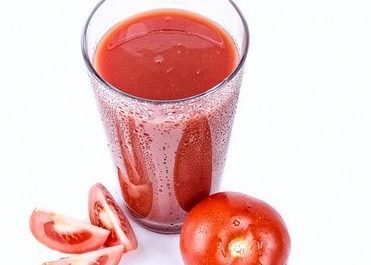Enjoy a gluten-free and flavorful dish with this vegetable sauté recipe.
Are you looking for a tasty and healthy side dish that’s easy to make? Look no further than this carrot and kale vegetable sauté recipe! This dish is not only delicious but also packed with nutrients, making it a great addition to any meal. Plus, with the added bonus of bacon, it’s sure to satisfy even the pickiest of eaters. In this article, we’ll show you step-by-step how to make this mouthwatering dish.
Benefits of Carrots and Kale
Before we dive into the recipe, let’s talk about the nutritional benefits of the two main ingredients: carrots and kale. Carrots are loaded with beta-carotene, a powerful antioxidant that can help improve your vision and immune system. They’re also a good source of fiber, which can help regulate digestion and keep you feeling full. Kale, on the other hand, is a nutritional powerhouse that’s packed with vitamins A, C, and K, as well as iron, calcium, and antioxidants. Eating kale can help boost your immune system, promote healthy bones, and even lower your risk of certain types of cancer.
Ingredients
To make this dish, you’ll need the following ingredients:
- 4 slices of bacon, chopped
- 1 pound of carrots, peeled and sliced
- 1 bunch of kale, chopped
- 2 cloves of garlic, minced
- 2 tablespoons of olive oil
- Salt and pepper to taste
Instructions
- Begin by cooking the bacon in a large skillet over medium-high heat until crispy, about 8-10 minutes. Remove the bacon from the skillet and set it aside, leaving the bacon fat in the skillet.
- Add the sliced carrots to the skillet and cook them in the bacon fat until they’re tender, about 10-12 minutes.
- Add the chopped kale, minced garlic, and olive oil to the skillet. Stir everything together and cook until the kale is wilted and tender, about 5-7 minutes.
- Add the bacon back into the skillet and stir it into the vegetables. Season everything with salt and pepper to taste.
- Serve the vegetable sauté hot as a delicious and healthy side dish.
Tips for Making the Perfect Vegetable Saute
- Be sure to slice the carrots thinly and evenly so that they cook evenly and are tender.
- Remove the tough stems from the kale before chopping it to make it easier to eat.
- Use a high-quality olive oil to add flavor to the dish.
- Don’t overcook the vegetables – they should be tender but still have a bit of bite to them.
Why You’ll Love This Dish
There are so many reasons to love this carrot and kale vegetable sauté recipe. Here are just a few:
- It’s easy to make and takes only a few minutes to prepare.
- It’s a great way to get your daily dose of vegetables in a delicious and satisfying way.
- It’s gluten-free and perfect for anyone with dietary restrictions.
- The bacon adds an extra layer of flavor and depth to the dish, making it a crowd-pleaser.
- It’s versatile and can be served as a side dish with just about any meal.
Conclusion
If you’re looking for a healthy and delicious side dish that’s easy to make, look no further than this carrot and kale vegetable sauté recipe. Packed with nutrients and flavor, this dish is sure to become a staple in your meal rotation. Plus, with the added bonus of bacon, it’s a dish that everyone will love.
FAQs
- Can I use turkey bacon instead of regular bacon? Yes, you can use turkey bacon instead of regular bacon
- Can I use frozen vegetables instead of fresh? While fresh vegetables are preferred, you can use frozen vegetables in a pinch. Just be sure to thaw them before cooking.
- Can I add other vegetables to this dish? Absolutely! This dish is versatile and can be customized to your liking. Try adding some bell peppers or onions for extra flavor.
- Can I make this dish ahead of time? Yes, you can make this dish ahead of time and reheat it when you’re ready to serve. Just be sure to store it in an airtight container in the refrigerator.
- Can I make this dish vegan? Yes, you can make this dish vegan by omitting the bacon and using a plant-based oil instead of olive oil. You can also add some vegan protein sources like tofu or chickpeas for extra protein.

